★Labib shopping complex,That industry || 15November/2022 || 10% beneficiaries for @steemkindness || #club5050 ★
Assalamu Alaikum I will be happy. Welcome to the popular Steemit platform. Hope everyone is well. Today I will discuss about weaving industry which is one of the mainstay and carrier of textile industry in Bangladesh. Hope you like my post.
❤️ That Industry❤️ |
|---|
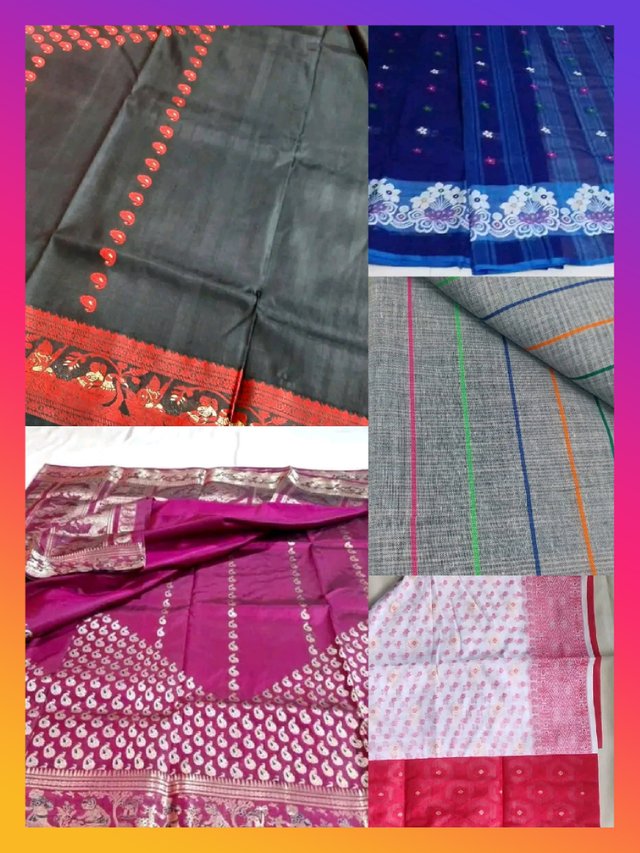
In the conventional sense, the oldest and largest industry of Bangladesh is weaving. In the early seventeenth century, the weaving industry began to flourish in the region. In the weaving industry, the Manipuri have been making textiles since very early times. Like other regions of Bangladesh, Tangail district is famous for its ancient traditions. Shantipur loom saree production has started on a large scale in Powerloom for two to three years recently. Sarees are produced by color-designing the same thread.
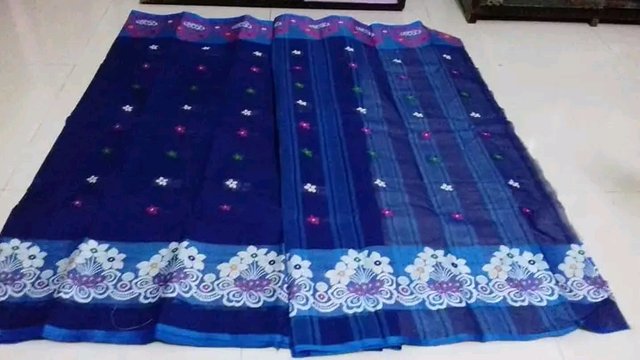 |
|---|
In 1922, Netaji Subhash Bose once came to Pabna. During this time he visited seven hosiery industries in Pabna. He was impressed by these industrial establishments. Seeing the quality and demand of the products produced by these institutions, he termed this industry as the 'mother' of the textile industry. Poet Rabindranath Tagore also used ganjis produced by hosiery industry in Pabna, sarees, lungis and towels from Pabna weaving industry. At present there are about 500 hosiery factories in Pabna district.
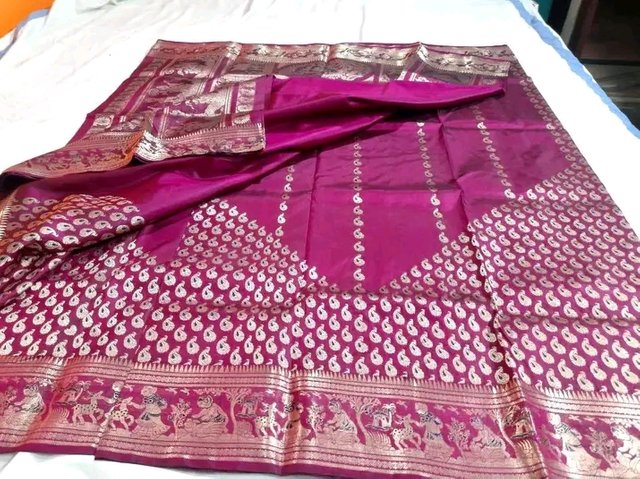 |
|---|
Many workers are employed in these institutions. Genji made in Pabna is currently exported to Nepal, India, Bhutan, Malaysia and Singapore via Dhaka.
The country's largest cloth haat was established in the field and village of Sheikh of Narsingdi, known as Babur Haat. Although cloth is woven on handlooms in different parts of the country, there is no commercial equivalent to Sheikh's cloth. As heirs of the Sultanate and Mughal era, today's weavers have completely different characteristics. The color, design, weaving method of the looms are different from other areas.
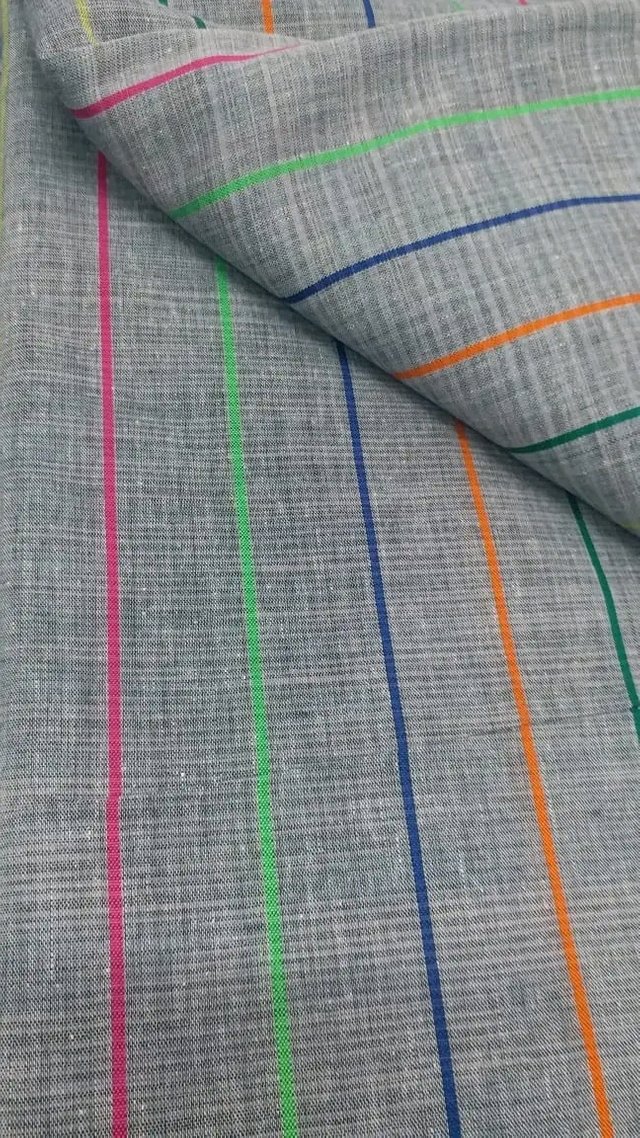 |
|---|
The saree of Sirajganj has been holding the tradition, culture and culture of this country since ancient times. The skilled craftsmen of Sirajganj are making this saree by generations. Famous travelers Ibn Battuta and Hiuen Tsang's travel stories mention the saris of Sirajganj and Tangail. The exact history of when weavers have been making sarees in Sirajganj and Tangail is unknown, but there is an ongoing tradition of sarees in the region. The weavers of Tantpalli of the Basak class have been making this saree for thousands of years.
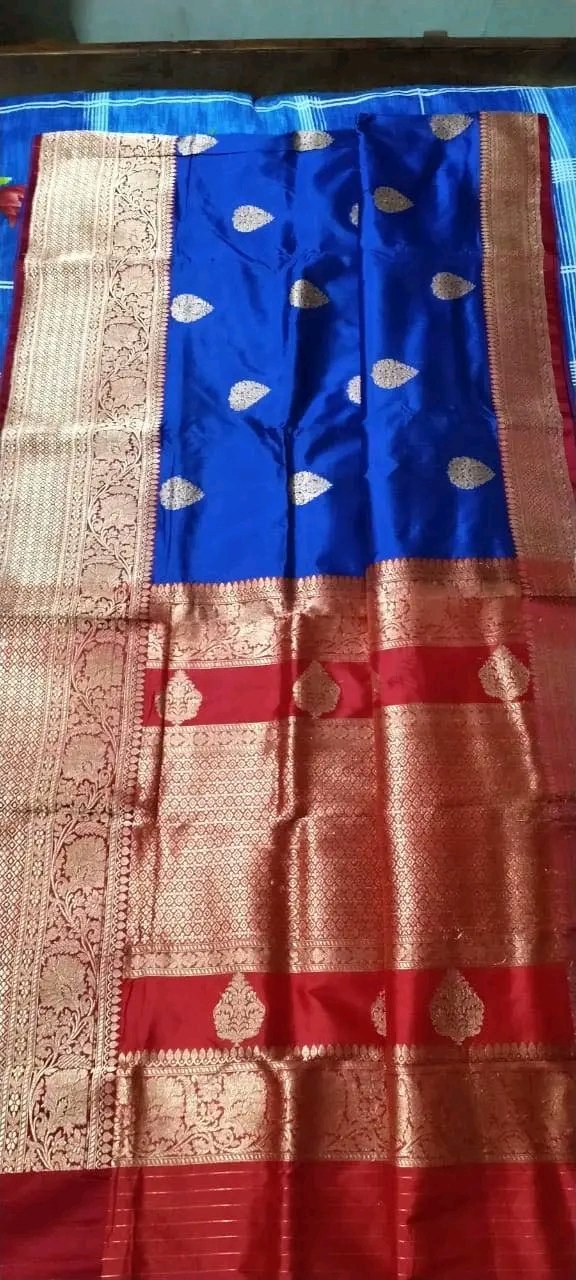 |
|---|
The weavers here use only cotton yarn to make handloom sarees, which are very comfortable, elegant and tasteful. The main feature of the saree here is the border work. However, in the 90s, major changes were made in the production of sarees here. Along with cotton sarees, soft silk and half silk sarees became very popular at that time.
❤️ That industry ❤️ |
|---|
We have some notes, hopefully can be followed up:
We have often reminded you, not to use share rewards and club status in the title of your post because it is not needed..
Your votibg power usage is very low, only 7 votes are used for 1 week.
We hope that the recommendations from the community can be followed so that we do not suspect that this is an agricultural account.
Thank you and happy working.
Thanks for your advice sir❤️